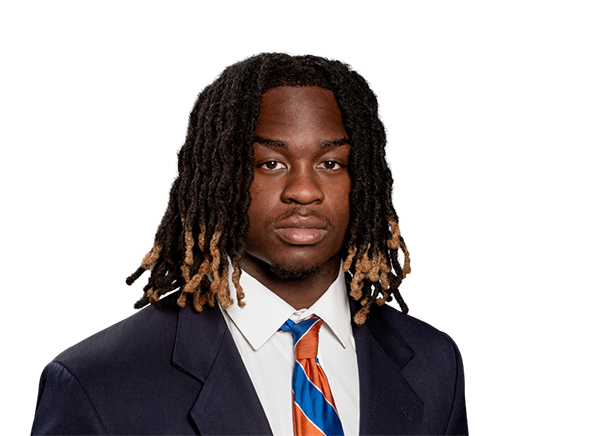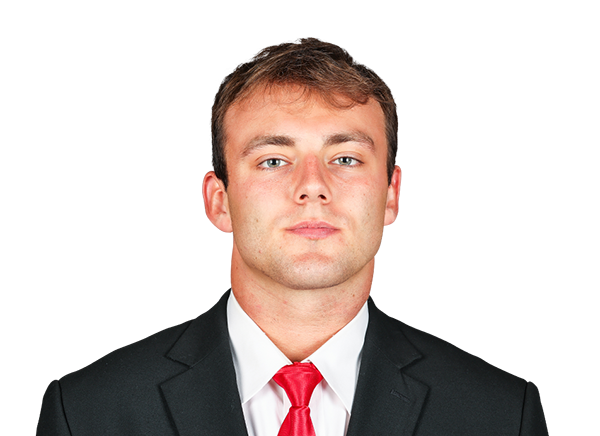For every pass, rush, or target a player receives, there is an expected fantasy value based on the game scenario at the time of the play. When all this is quantified, one can see how many fantasy points a player should have obtained on average. A comparison of this to actual results will show who is consistently over or underperforming their expectation. Fantasy football is about opportunity, first and foremost. Having a player underperforming but with a lead role will be much better. However, those who continue to outperform expectations will continue to see opportunity, while those who underperform may see their roles cut back.
Leveraging the data from Tan Ho and Joe Sydlowski, I have quantified the prior year’s fantasy points against expectations on a per-game basis. I have also calculated the same value but for yardage only to remove scoring variance. Mostly, this data should line up, but a few outliers may greatly under or overperformed their expected touchdown numbers. Since touchdowns can vary greatly from year to year, it’s important to factor this into consideration.
With this data, we can see which players may be breakout or regression candidates. Some players may have not seen significant playing time but outperformed their expectations. This could lead to more opportunities in the future. Conversely, a player may have put up decent fantasy numbers but was well under expectation. Their role may diminish as they move forward.
A couple of things to note on these variations. A single-season value may be an outlier, so it’s best to see a few years of data. This also helps to see trends, such as when a veteran player may begin falling in efficiency, which could lead to a fall in value. It can also be used for rookies with limited data, albeit at less of a weighting. Data may be skewed if a player only played a few weeks of the year. With that said, let’s jump into the data by position.
2022 Tight Ends
Note: Data is sorted by 2022 fantasy points per game. A minimum of three games in 2022 qualifies a player.
PAE – Fantasy points above or below expectation (left side of the chart)
YAE – Fantasy points above or below expectations for yardage elements only (right side of the chart)


Top Players
The tight end position remains dominated by Travis Kelce. However, at 33, fantasy owners are looking to see who will take the crown when he retires. While his numbers remain elite, his efficiency gradually decreased after his 2020 spike. There aren’t any sure signs of slowing down anytime soon.
Looking at the positional outliers, we see Kittle at the top in both PAE and YAE. He is solid green in years past as well, solidifying him as a true stud that is only hampered by opportunity in the crowded SanFran offense.
We see Goedert in a very similar pattern to Kittle as well. As a slightly younger player, he remains one of the top options at the position.
Andrews had a down year but has shown elite efficiency in years past. His troubles likely stem from Lamar’s injury, which coincided with his decline towards the end of the season. A return to form in efficiency should have him back in second behind Kelce.
With a second-place finish in points, Hockenson is garnering opportunities with less efficiency than others at the top. From a yardage perspective, he has underperformed every year but continues to see targets to justify his value. His downside risk remains low if the targets remain, but he is at the most risk of falling in value. Like Ertz below him, he can continue this trend into his early 30s.
Ertz is the ultimate aggregator. He has massively underperformed in both PAE and YAE. However, the targets continue to come his way, providing him with very high outcomes in fantasy. With Murray out to start next season and his 32-year-old body coming off an injury himself, he becomes a strong candidate for regression. However, he is likely so cheap that it may be a moot point.
As we move further down the list, we see pretty average efficiency numbers with one major exception. Waller has gone from +2.13 PAE to -1.35 in the last five years. It is tough to know whether this is due to his age or his string of injuries. With the move to the Giants, he could become a top option in 2023.
Njoku has now strung together a couple of seasons in a row with solid efficiency. He did this on the back of poor quarterback play. With Watson hopefully returning to form next year, Njoku could be a candidate to see some higher-end efficiency numbers with increased opportunity.
Knox has had some touchdown luck in the past two years, with his PAE numbers much higher than his YAE should indicate. However, his YAE remains slightly positive, so he remained a solid option until he was overtaken by Kincaid in the draft. If he is moved in the offseason, he may still have value.
Additional Veterans
Kmet finally broke out. While the offensive playcalling will limit his role, he jumped over four points in PAE and reached positive territory in both PAE and YAE for the first time in his career.
Similar to Kmet, Akins saw a jump of nearly three PAE. I am not sure how sustainable his role will be, but he has at least shown efficiency regardless of scoring TDs.
Freiermuth regressed a bit in PAE but actually increased in YAE. This is mainly due to the Steeler’s terrible offense. He remains a relatively average TE which is a strong showing this early in his career.
Another second-year player who regressed a ton is Pitts. While still commanding a steep dynasty price, his PAE and YAE were abysmal. It’s going to take a change in either the play-calling or QB play to buoy his career. At some point, his value will drop enormously if production doesn’t follow.
Taysom Hill, who barely qualifies as a TE, finished 15th. His numbers are very high in PAE and strong in YAE as well. Almost all of his points came in week five, where he had three rushing TDs. The potential to play QB and RB at the TE spot can be hugely valuable, but knowing when that will be occurring limits that value greatly. At 32, he remains a deep flyer.
Juwan Johnson broke out a bit this year. His PAE of +1.30 after +.77 last year is very strong. However, his YAE is neutral to negative and thus is a candidate for regression if TDs slow.
Fant is pretty far down the list but continues to show above-average PAE and YAE. As such, he theoretically remains a viable TE for the future.
Rookies
Dulcich finished highest in points but saw very neutral to negative PAE and YAE. As a rookie, that still indicates a solid finish, as most TEs don’t start off gangbusters as they tend to do at other positions.
In the next tier down, we have Otton, who seemed to have a viable role in Tampa. However, his PAE was hurt by not making it to the endzone as much as expected. His positive YAE is a good sign, however.
McBride was the first TE off the boards in most fantasy rookie drafts, and while he saw slightly positive to neutral PAE, there wasn’t much opportunity. He remains a hold but likely has been overtaken by others further down the draft board. A flip for the same draft capital may be wise.
Bellinger was derailed by an eye injury, but in his 13 games, he averaged +1.55 PAE leading all rookies. His positive YAE supports his strong season. Now with Waller taking over, his redraft value has massively fallen, but his dynasty value should sustain.
Likely saw increased opportunities in Andrews’ absence, and while seemingly performing well, his PAE and YAE were negative. It may be wise to show some caution on his loftier valuations and limited opportunity.
Okonkwo had one of the stronger showings among rookies. Second to Bellinger in PAE and second to Heyward in YAE, he slots into a role that expanded throughout the season. This is also on a larger sample size for a rookie, so there is a solid case to invest in him for the future. He should start in 2023, making the case for some redraft value as well.
Woods set the combine on fire, ranking as one of the most athletic at the position in history. His rookie season saw a slightly positive PAE and neutral YAE. We will have to wait and see with him.
Heyward and Ferguson both saw solid efficiency. Until these see increased production, they remain a tier down from the others. The other notable TE in this group is Mitchell, who is buried a bit on the depth chart. He saw the fourth-highest PAE and had positive YAE.
Other Notables
Dissly has put up very steady and large numbers but has yet to see any increase in opportunity. At 26, he remains young and could be a flyer if given more opportunity. This is where we see the data fail to pan out. Players with this level of efficiency tend to see way more opportunities.
Gesicki was once a solid TE. Looking back at his numbers, he really never saw positive PAE or YAE justifying his fall this year.
Brock Wright will be entering his third year and has put together two very solid years. His value could increase with opportunities as well.
Dwelley has been rising exponentially, albeit on a limited sample size. He is older and buried on the depth chart, so it’s unlikely he will pop, but the efficiency numbers support the case for a larger role.
Uzomah falls in this group as well. The last three years have been strong for him. However, he sits behind Conklin, who is neutral to slightly negative.
Get more of the Dynasty Nerds!! Download the Bettor Sports Network free app and listen to Dynasty Nerds Live hosted by Dynasty Price, Thursday night from 10 pm to midnight. When you download the app you can call into the show with just a push of a button.

















